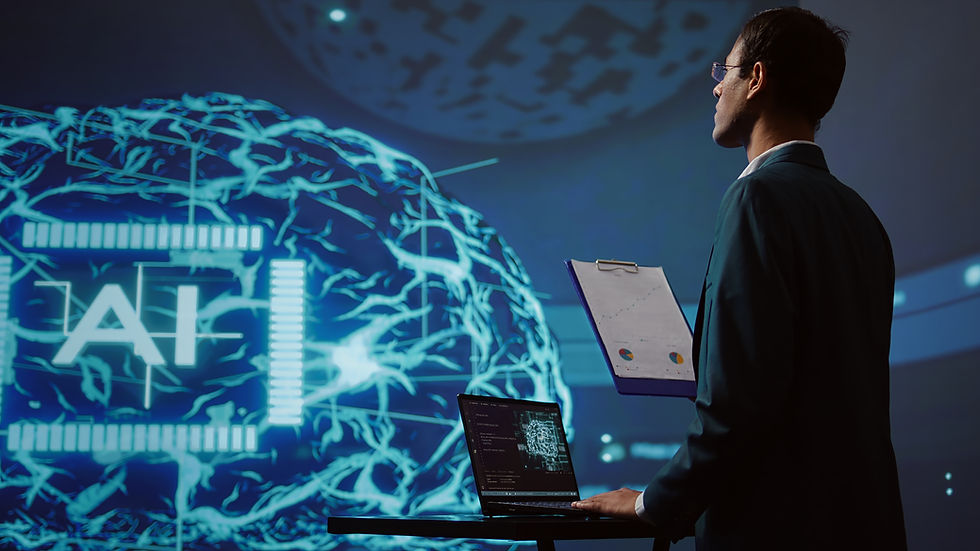In the realm of quality assurance, understanding and addressing defects is crucial. With the advent of advanced technologies, visualizing defects in motion has become an indispensable method for ensuring product integrity and operational efficiency. This technique allows industry professionals to not only detect defects but also to understand their dynamics and impact.

Introduction to Motion Defect Visualization
Motion defect visualization is a process that enables professionals to see defects as they occur in real-time. This method is particularly useful in industries where machinery operates at high speeds, making it challenging to detect issues with the naked eye.
Importance of Defect Visualization in QA
For quality assurance professionals, visualizing defects in motion provides a dynamic view of operational anomalies. This not only aids in immediate defect identification but also assists in understanding the root causes, thereby facilitating more effective interventions.
Techniques for Visualizing Motion Defects
Several techniques are employed to visualize defects in motion, each with its unique advantages:
Stroboscopic Inspection
Stroboscopes are widely used for machine inspection. By flashing a light at specific intervals, stroboscopes create a ‘stop motion’ effect that makes fast-moving parts appear stationary, allowing for detailed inspection.
High-Speed Cameras
High-speed cameras capture rapid sequences of images, enabling detailed analysis of motion. This technique is particularly useful for capturing transient defects that occur at high velocities.
Vibration Analysis
Vibration detection is another critical technique used in visualizing motion defects. By analyzing the vibration patterns of machinery, professionals can identify discrepancies that indicate potential defects.
Applications in Various Industries
Motion defect visualization is used in numerous industries, each benefiting uniquely from the insights it provides:
Automotive Industry
In automotive manufacturing, defect visualization ensures the seamless operation of mechanical components, enhancing vehicle safety and performance.
Manufacturing
In manufacturing, this technique aids in the maintenance of machinery and ensures the quality of products by identifying defects early in the production process.
Aerospace
The aerospace industry uses motion defect visualization to ensure the reliability and safety of aircraft components, which operate under extreme conditions.
Case Study: Successful Implementation
A leading automotive company implemented visualizing defects in motion to reduce production downtime. By using stroboscopic techniques and high-speed cameras, they were able to identify and rectify defects swiftly, leading to a significant improvement in production efficiency.
Challenges and Solutions
While the benefits are clear, there are challenges associated with visualizing defects in motion:
Cost of Equipment
High-quality visualization equipment can be expensive. However, the investment is often justified by the reduction in defect-related costs and improved quality control.
Technical Expertise
The use of advanced visualization techniques requires skilled personnel. Ongoing training and development are essential to maximize the benefits of this technology.
Future of Motion Defect Visualization
As technology evolves, so too will the methods for visualizing defects in motion. Future advancements are likely to include more integrated systems and enhanced data analytics capabilities, making defect detection even more precise and efficient.
Conclusion
In conclusion, visualizing defects in motion is a transformative approach in quality assurance. By embracing this technology, industries can ensure higher quality standards, improve operational efficiency, and ultimately deliver better products to their consumers.

Frequently Asked Questions
What is motion defect visualization?
Motion defect visualization is the process of using specialized techniques to detect and analyze defects in moving components in real-time.
How does stroboscopic inspection help in defect visualization?
Stroboscopic inspection helps by creating a ‘stop motion’ effect that allows for detailed examination of fast-moving parts, making it easier to spot defects.
Why is motion defect visualization important in manufacturing?
It is important because it helps identify defects early in the production process, reducing downtime and improving product quality.
For more information on how stroboscopes work, you can visit this article for further reading.
This article contains affiliate links. We may earn a commission at no extra cost to you.
